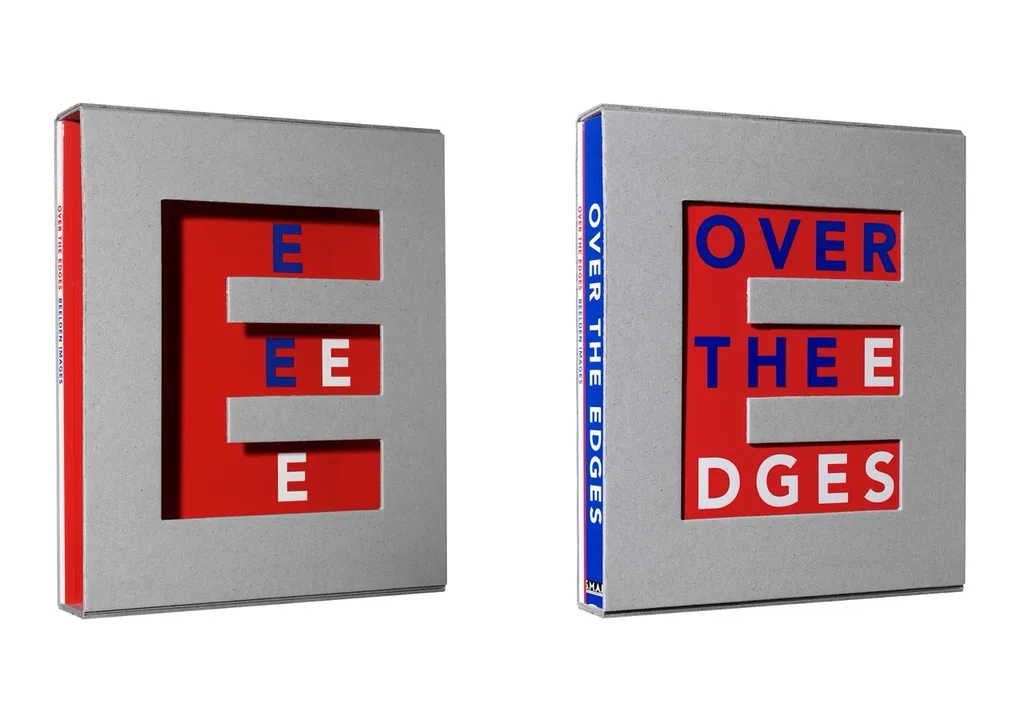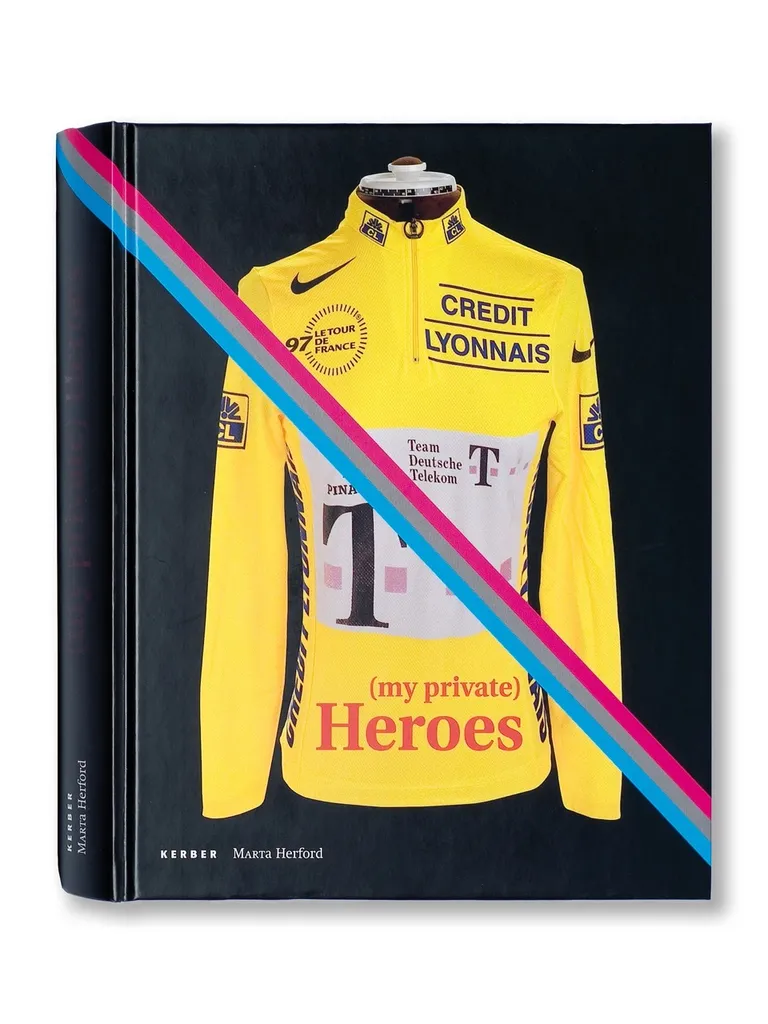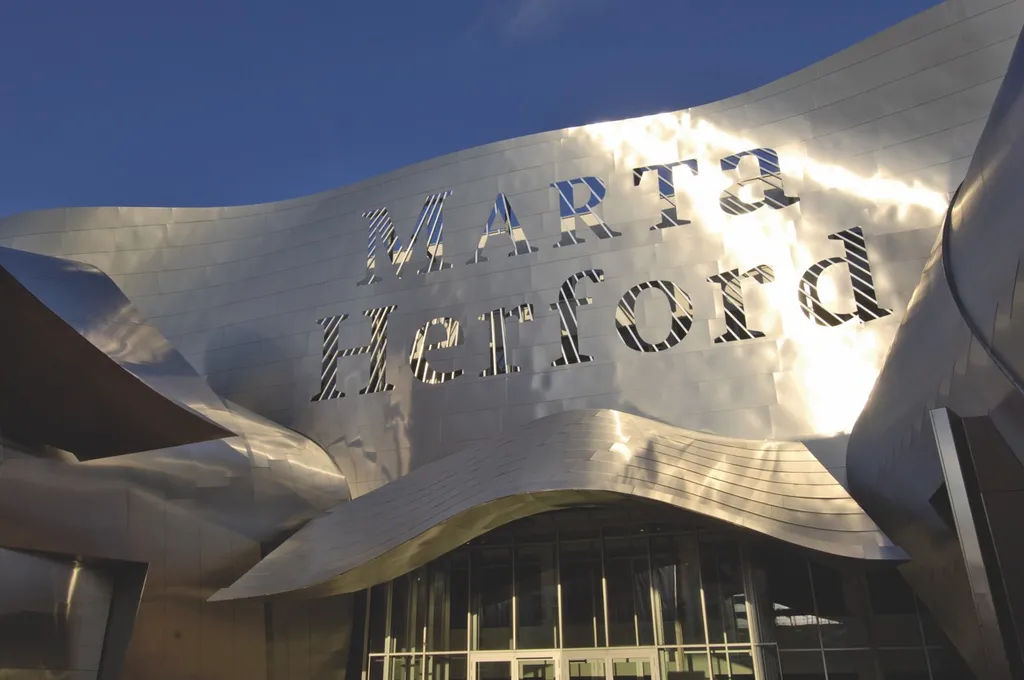“I don’t know what art is. Art itself will tell us what it is. Not me. I can only offer a ticket for the journey of discovery.” (Jan Hoet in De Morgen, 1991)
Jan Hoet passed away five years ago today. He was a larger than life curator, an untiring promotor of the arts and an exceptional human being. “The way he connected art to every aspect of life and how he fought for art, made a lasting impression on us,” say Nikki Gonnissen and Thomas Widdershoven, who collaborated with Hoet on numerous projects.
“Our work is deeply inspired by Jan’s vision of bringing art into society.”
Jan Hoet first gained notoriety in 1986 with Chambres d’Amis, an exhibition of art in private homes throughout Ghent. Six years later he curated Documenta IX in Kassel, presenting hundreds of works by 190 artists from 40 countries. In 1999, Hoet inaugurated the new SMAK (Municipal Museum of Contemporary Art in Ghent) which he had founded in 1975 by participating in a boxing match. The amateur pugilist and outspoken fan of heavy weight champion Mike Tyson took on American artist Dennis Bellone. His opponent was half his age, but Hoet stood his ground. In the end, as always with Hoet, art won.
Whilst doing research for Sonsbeek 9 Hoet visited publishing house Plaatsmaken in Arnhem and bumped into Gonnissen’s graduation work. He called her and said: “I’d like to work with you”. “He invited us to come to Ghent,” remembers Gonnissen. “We brought along two bags of work, but he didn’t need to see it. He commissioned us two magnificent projects: Over the Edges, the large scale outdoor exhibition that took place in Ghent in 2000 and Sonsbeek 9 a year later.”


